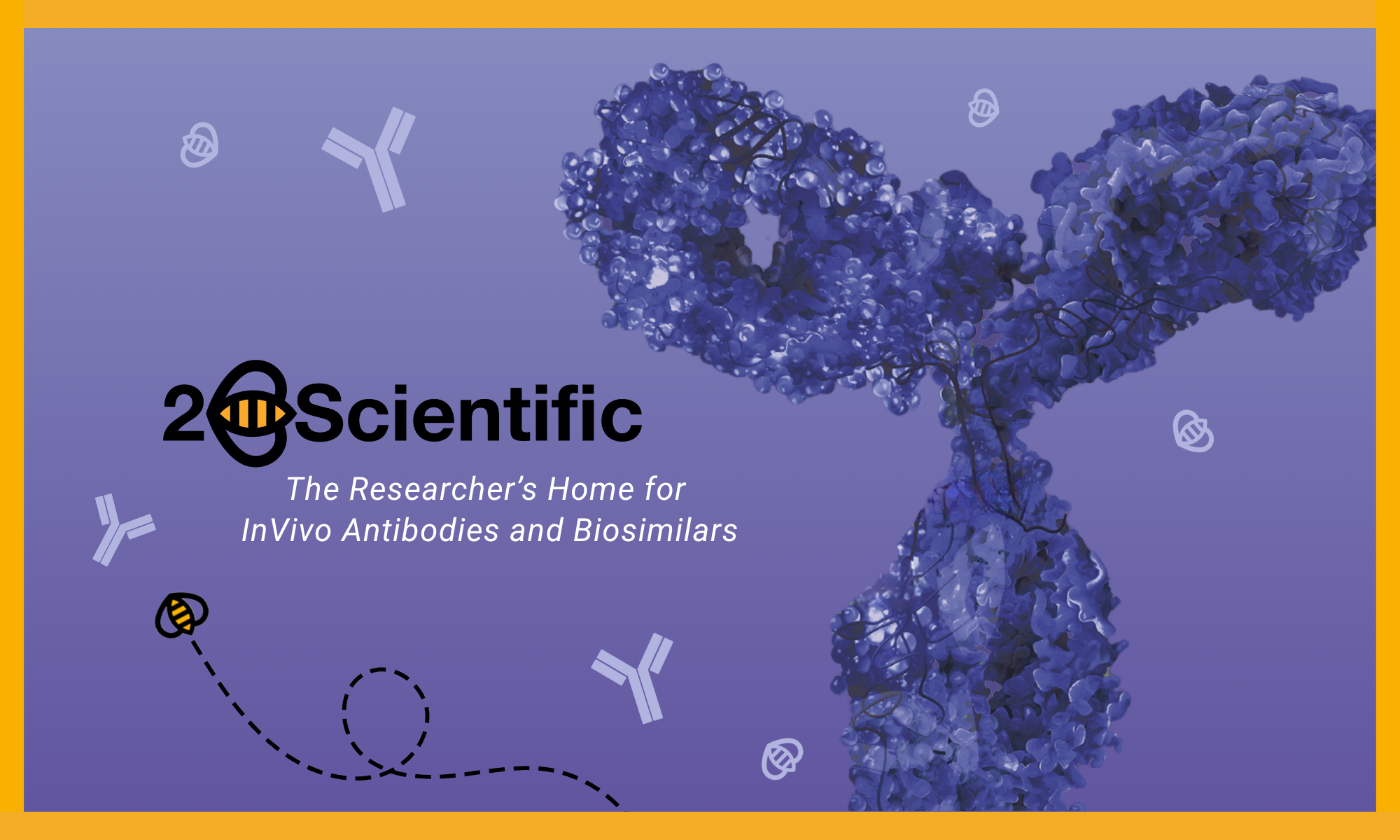
ADAR Antibody
Product Sizes
100 ug
OAAF02324-100UG
About this Product
- SKU:
- OAAF02324
- Additional Names:
- 136 kDa double-stranded RNA-binding protein;ADAR1;adenosine deaminase acting on RNA 1-A;AGS6;double-stranded RNA-specific adenosine deaminase;DRADA;DSH;DSRAD;dsRNA adenosine deaminase;dsRNA adeonosine deaminase;G1P1;IFI4;IFI-4;interferon-induced protein 4;interferon-inducible protein 4;K88DSRBP;P136.|adenosine deaminase RNA specific
- Application:
- ELISA, IHC-Paraffin, Immunofluorescence, Western Blot
- Buffer:
- Liquid. PBS (without Mg2+ and Ca2+), pH 7.4, 150mM NaCl, 0.02% sodium azide and 50% glycerol.
- Clonality:
- Polyclonal
- Extra Details:
- Catalyzes the hydrolytic deamination of adenosine to inosine in double-stranded RNA (dsRNA) referred to as A-to-I RNA editing (PubMed:7972084, PubMed:7565688, PubMed:12618436). This may affect gene expression and function in a number of ways that include mRNA translation by changing codons and hence the amino acid sequence of proteins; pre-mRNA splicing by altering splice site recognition sequences; RNA stability by changing sequences involved in nuclease recognition; genetic stability in the case of RNA virus genomes by changing sequences during viral RNA replication; and RNA structure-dependent activities such as microRNA production or targeting or protein-RNA interactions. Can edit both viral and cellular RNAs and can edit RNAs at multiple sites (hyper-editing) or at specific sites (site-specific editing). Its cellular RNA substrates include: bladder cancer-associated protein (BLCAP), neurotransmitter receptors for glutamate (GRIA2) and serotonin (HTR2C) and GABA receptor (GABRA3). Site-specific RNA editing of transcripts encoding these proteins results in amino acid substitutions which consequently alters their functional activities. Exhibits low-level editing at the GRIA2 Q/R site, but edits efficiently at the R/G site and HOTSPOT1. Its viral RNA substrates include: hepatitis C virus (HCV), vesicular stomatitis virus (VSV), measles virus (MV), hepatitis delta virus (HDV), and human immunodeficiency virus type 1 (HIV-1). Exhibits either a proviral (HDV, MV, VSV and HIV-1) or an antiviral effect (HCV) and this can be editing-dependent (HDV and HCV), editing-independent (VSV and MV) or both (HIV-1). Impairs HCV replication via RNA editing at multiple sites. Enhances the replication of MV, VSV and HIV-1 through an editing-independent mechanism via suppression of EIF2AK2/PKR activation and function. Stimulates both the release and infectivity of HIV-1 viral particles by an editing-dependent mechanism where it associates with viral RNAs and edits adenosines in the 5'UTR and the Rev and Tat coding sequence. Can enhance viral replication of HDV via A-to-I editing at a site designated as amber/W, thereby changing an UAG amber stop codon to an UIG tryptophan (W) codon that permits synthesis of the large delta antigen (L-HDAg) which has a key role in the assembly of viral particles. However, high levels of ADAR1 inhibit HDV replication.
- Formulation:
- Liquid. PBS (without Mg2+ and Ca2+), pH 7.4, 150mM NaCl, 0.02% sodium azide and 50% glycerol.
- Host:
- Rabbit
- Immunogen:
- The antiserum was produced against synthesized peptide derived from human ADAR1.
- Molecular Weight:
- 135 kDa
- Physical State:
- Liquid
- Purification:
- Affinity Purified
- Reactivities:
- Human, Mouse, Rat
- Shipping Conditions:
- Blue Ice
- Specificity:
- ADAR1 antibody detects endogenous levels of total ADAR1 protein.
- Storage Conditions:
- -20[o]C
- Supplier:
- Aviva Systems Biology
- Type:
- Antibody: Polyclonal Antibody
- Manufacturer's Data Sheet:html_datasheet.php
